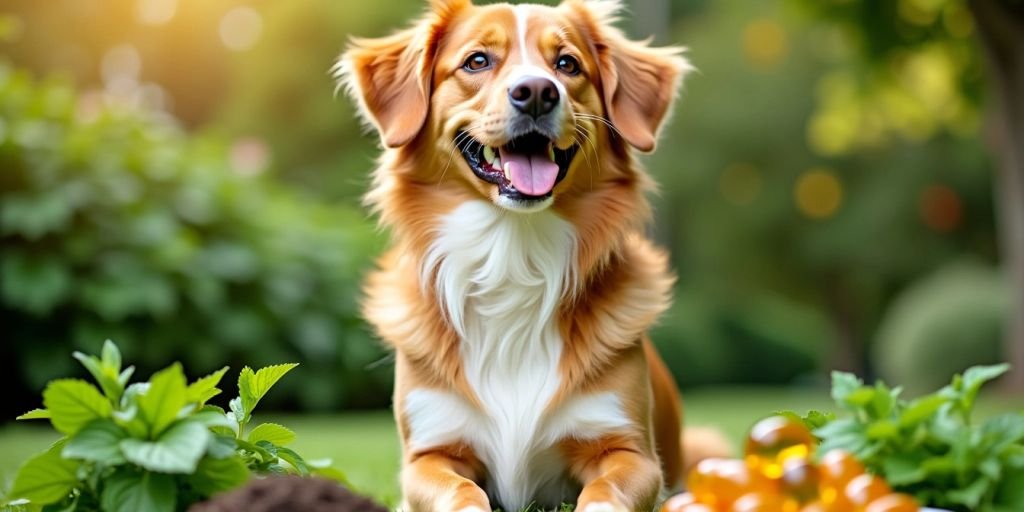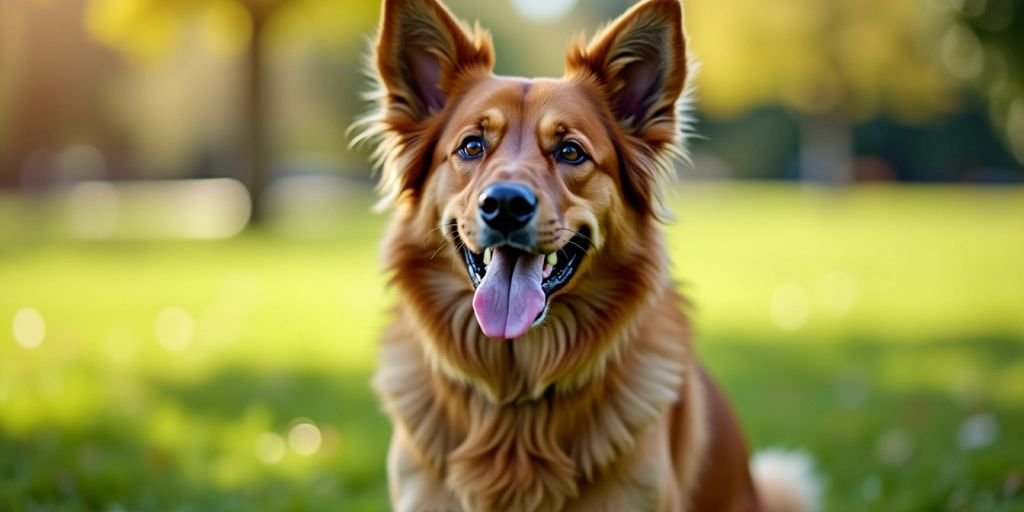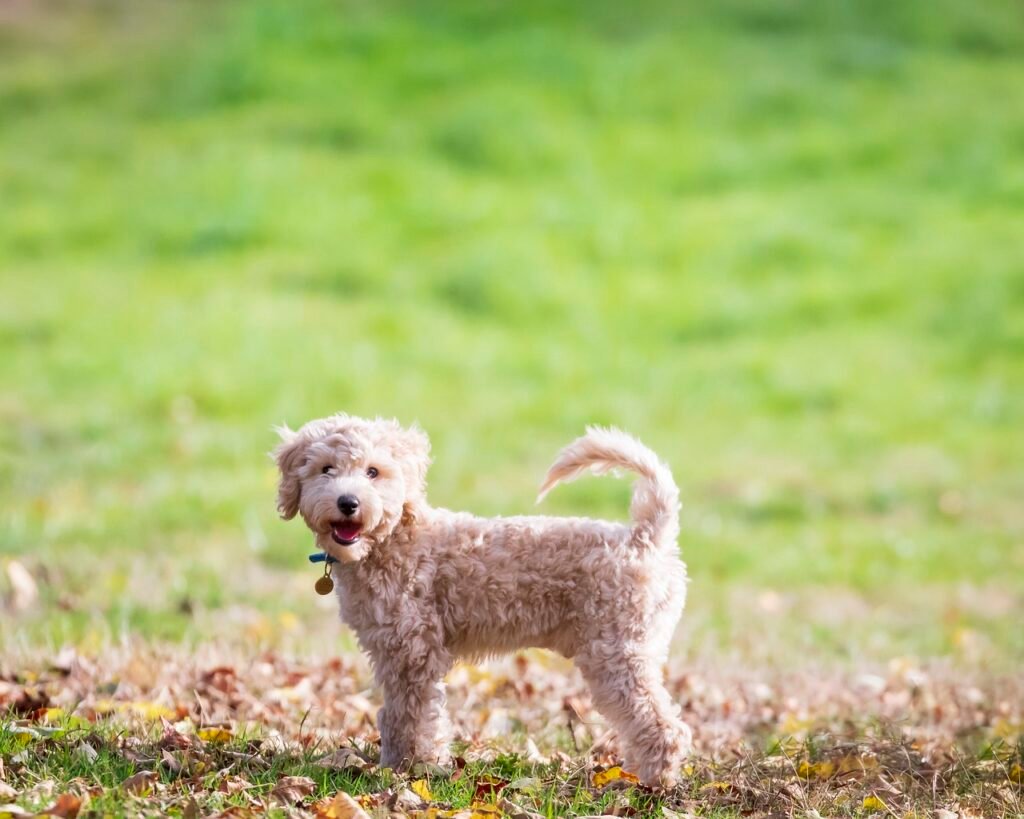
Choosing the right dog food for weight loss is crucial for your pet’s health. With so many options available, it can be overwhelming to pick the best one. This guide will help you understand the importance of proper nutrition, key ingredients to look for, and how to create a feeding routine that supports weight loss. By following these steps, you can help your dog achieve a healthy weight and improve their overall well-being.
Key Takeaways
- Obesity in dogs can lead to serious health issues like diabetes and heart disease.
- High fiber and low fat content in dog food can help in weight management.
- Consulting with a veterinarian is essential before starting a weight-loss plan for your dog.
- Regular weigh-ins and adjusting the diet as needed are important for monitoring progress.
- Combining diet with exercise ensures effective and safe weight loss for your dog.
Understanding the Importance of Dog Food for Weight Loss
Health Risks of Obesity in Dogs
Obesity in dogs can lead to serious health problems. Excess weight puts extra stress on joints, which can cause arthritis. It also increases the risk of diabetes, heart disease, and even certain types of cancer. Keeping your dog at a healthy weight can help them live a longer, happier life.
Benefits of Weight Loss for Dogs
When dogs lose weight, they often become more energetic and playful. Weight loss can improve their mobility and reduce pain from arthritis. Additionally, a healthy weight can lower the risk of developing chronic diseases, making your dog feel better overall.
Role of Nutrition in Weight Management
Nutrition plays a crucial role in managing your dog’s weight. Choosing the right dog food can help control calorie intake while ensuring your dog gets the nutrients they need. Foods high in fiber and low in fat are often recommended for weight loss because they help dogs feel full without adding extra calories. Proper nutrition is essential for effective weight management and overall health.
Key Ingredients to Look for in Dog Food for Weight Loss

High Fiber Content
Fiber is essential for weight loss in dogs. High fiber content helps your dog feel full without adding extra calories. There are two types of fiber to look for:
- Insoluble fibers: These do not dissolve in water and help increase stool volume and frequency.
- Soluble fibers: These dissolve in water, slowing digestion and helping your dog feel full longer.
Low Fat Levels
Fat is the most calorie-dense nutrient, so it’s important to choose dog food with low fat levels. This helps reduce the overall calorie intake while still providing necessary nutrients. Look for foods that balance low fat with high protein to maintain muscle mass.
Essential Nutrients and Vitamins
A good weight-loss dog food should not only be low in calories but also rich in essential nutrients and vitamins. These include:
- L-carnitine: An amino acid that helps burn fat for energy.
- Antioxidants: These neutralize free radicals and reduce inflammation, which is common in overweight dogs.
Choosing the right dog food for weight loss involves looking for high fiber, low fat, and essential nutrients to ensure your dog stays healthy while shedding pounds.
How to Choose the Best Dog Food for Weight Loss

Consulting Your Veterinarian
Before making any changes to your dog’s diet, it’s crucial to consult your veterinarian. They can help determine your dog’s target weight, calculate the recommended calorie intake, and rule out any underlying medical conditions that might be causing weight gain. Your vet’s guidance is essential for creating a safe and effective weight-loss plan.
Reading Dog Food Labels
When selecting dog food for weight loss, reading the labels is key. Look for foods that are high in fiber and low in fat. These ingredients help your dog feel full without adding extra calories. Additionally, check for essential nutrients and vitamins to ensure your dog gets a balanced diet. L-carnitine is an important ingredient that helps burn fat for energy.
Comparing Wet and Dry Dog Food
Both wet and dry dog foods can be effective for weight loss, as long as they are fed in the appropriate amounts. Wet food often has fewer calories per serving, which can help with portion control. On the other hand, dry food can be more convenient and may help with dental health. Consider your dog’s preferences and lifestyle when making a choice.
Remember, the best dog food for weight loss is one that meets your dog’s nutritional needs while helping them achieve a healthy weight. Always consult your veterinarian for personalized advice.
Creating a Feeding Routine for Weight Loss
Portion Control Tips
Measuring your dog’s food accurately is crucial for weight loss. Use a measuring cup or a kitchen scale to ensure you’re feeding the right amount. Avoid free-feeding, where food is available all day, as this can lead to overeating.
Frequency of Meals
Instead of one or two large meals, feed your dog several smaller meals throughout the day. This helps keep their metabolism active and prevents hunger pangs. Aim for 3-4 small meals to keep your dog satisfied.
Incorporating Healthy Treats
Treats should make up no more than 10% of your dog’s daily calorie intake. Opt for low-calorie, vet-approved treats like carrot slices, green beans, or small pieces of cooked, plain chicken. Remember, even healthy treats should be given in moderation.
Consistency is key. Stick to the feeding routine and avoid giving in to those puppy-dog eyes begging for extra snacks.
Monitoring Your Dog’s Progress
Regular Weigh-Ins
To ensure your dog is on the right track, schedule regular weigh-ins. Aim for every two weeks during the initial stages of the weight loss plan. This helps you and your vet adjust the diet and exercise routine as needed.
Adjusting the Diet as Needed
If your dog isn’t losing weight as expected, it might be time to tweak their diet. Consult your vet to determine if you need to reduce portion sizes or switch to a different type of dog food. Remember, weight loss can vary, and some dogs may lose weight in a stair-step pattern.
Recognizing Signs of a Healthy Weight
Keep an eye out for signs that your dog is reaching a healthy weight. These include:
- A good appetite and excitement for meals
- A shiny coat with normal shedding
- Firm stools without diarrhea or constipation
- High energy levels
- A healthy body condition
Monitoring your dog’s progress is crucial for successful weight loss. Regular check-ins with your vet will help ensure your dog stays on the right path.
Exercise and Its Role in Weight Loss
Types of Exercises for Dogs
Exercise is a key part of helping your dog lose weight. Different types of exercises can be beneficial, such as:
- Walking: A simple and effective way to get your dog moving.
- Running: Great for high-energy dogs who need more intense activity.
- Swimming: Low-impact and easy on the joints, perfect for older or overweight dogs.
- Fetch: A fun way to keep your dog active and engaged.
Combining Diet and Exercise
Combining a balanced diet with regular exercise is the best way to help your dog lose weight. While diet controls calorie intake, exercise helps burn those calories. This combination ensures your dog loses weight in a healthy and sustainable way.
Safety Tips for Exercising Overweight Dogs
When starting an exercise routine for an overweight dog, keep these safety tips in mind:
- Start Slow: Begin with short, gentle exercises and gradually increase the intensity.
- Monitor for Signs of Fatigue: Watch for heavy panting or limping, and take breaks as needed.
- Hydration: Always have fresh water available for your dog during and after exercise.
- Consult Your Vet: Before starting any new exercise routine, check with your veterinarian to ensure it’s safe for your dog.
Regular exercise not only helps with weight loss but also improves your dog’s overall health and happiness.
Maintaining Your Dog’s Ideal Weight
Transitioning to Maintenance Diets
Once your dog reaches their target weight, it’s crucial to transition them to a maintenance diet. Your vet can recommend the best dog food for this phase. Often, dogs will stay on their weight loss diet but with increased portion sizes to prevent further weight loss. Work closely with your vet to ensure your dog maintains a healthy weight.
Long-Term Feeding Strategies
To keep your dog at their ideal weight, follow these long-term feeding strategies:
- Measure out the exact amount of food as directed by your veterinarian.
- Feed several smaller meals throughout the day instead of one or two large meals.
- Avoid giving your dog access to other pets’ food or human food.
- Limit treats and stick to vet-approved, low-calorie options like carrot slices or green beans.
Importance of Regular Vet Check-Ups
Regular vet check-ups are essential to monitor your dog’s weight and overall health. Schedule monthly weigh-ins to ensure your dog stays at their ideal weight. Your vet can adjust the diet as needed and provide guidance on maintaining a balanced diet. Remember, even after the diet is over, treats should only make up less than 10% of your dog’s total caloric intake.
Keeping your dog at a healthy weight is a continuous process that requires dedication and regular monitoring. By following your vet’s advice and maintaining a balanced diet, you can help your dog live a longer, healthier life.
Conclusion
Choosing the right dog food for weight loss is a journey that requires patience and dedication. By working closely with your veterinarian, you can find the best diet that suits your dog’s needs. Remember to monitor their progress, adjust portions as necessary, and keep up with regular vet visits. With the right food and a bit of exercise, your furry friend will be on the path to a healthier, happier life. Keep in mind that maintaining a healthy weight is a lifelong commitment, so continue to make informed choices for your pet’s well-being.
Frequently Asked Questions
What should I look for in dog food for weight loss?
Look for dog food that is high in fiber and low in fat. It should also contain essential nutrients and vitamins. Consulting your vet can help you choose the best option.
Is wet or dry dog food better for weight loss?
Both wet and dry dog food can help with weight loss as long as you’re feeding the right amount of calories. Your vet can help you decide which is best for your dog.
How much should I feed my dog to help them lose weight?
The amount can vary based on your dog’s size, age, and activity level. It’s best to work with your vet to determine the right portion sizes and calorie intake.
How often should I feed my dog when they are on a weight loss plan?
Feeding smaller, more frequent meals throughout the day can help. Your vet can provide a feeding schedule that works best for your dog.
What are some healthy treats I can give my dog while they are losing weight?
Healthy treats include carrot slices, green beans, and small amounts of cooked, plain chicken. Always make sure treats make up less than 10% of your dog’s daily calorie intake.
How can I monitor my dog’s progress in their weight loss journey?
Regular weigh-ins and keeping track of their body condition can help. Adjust their diet as needed based on their progress and consult your vet for guidance.



